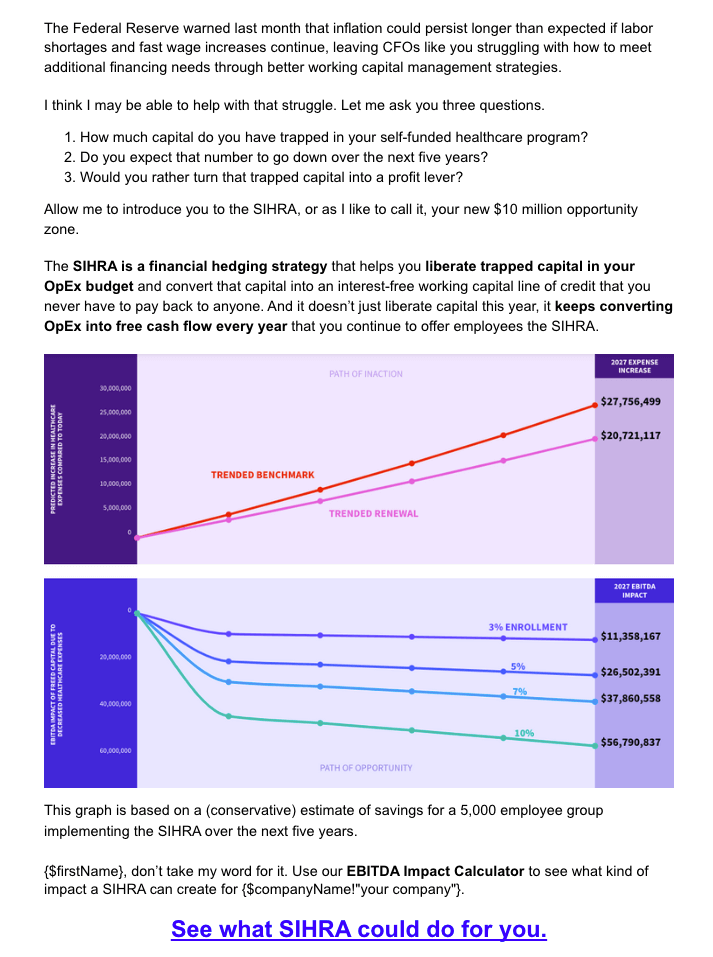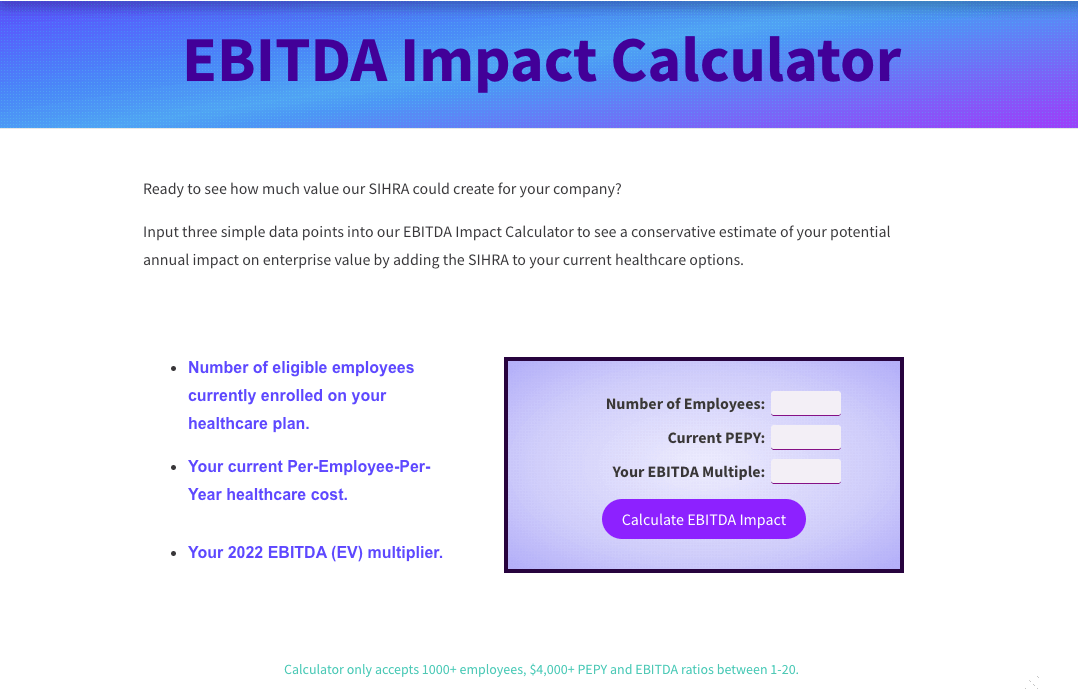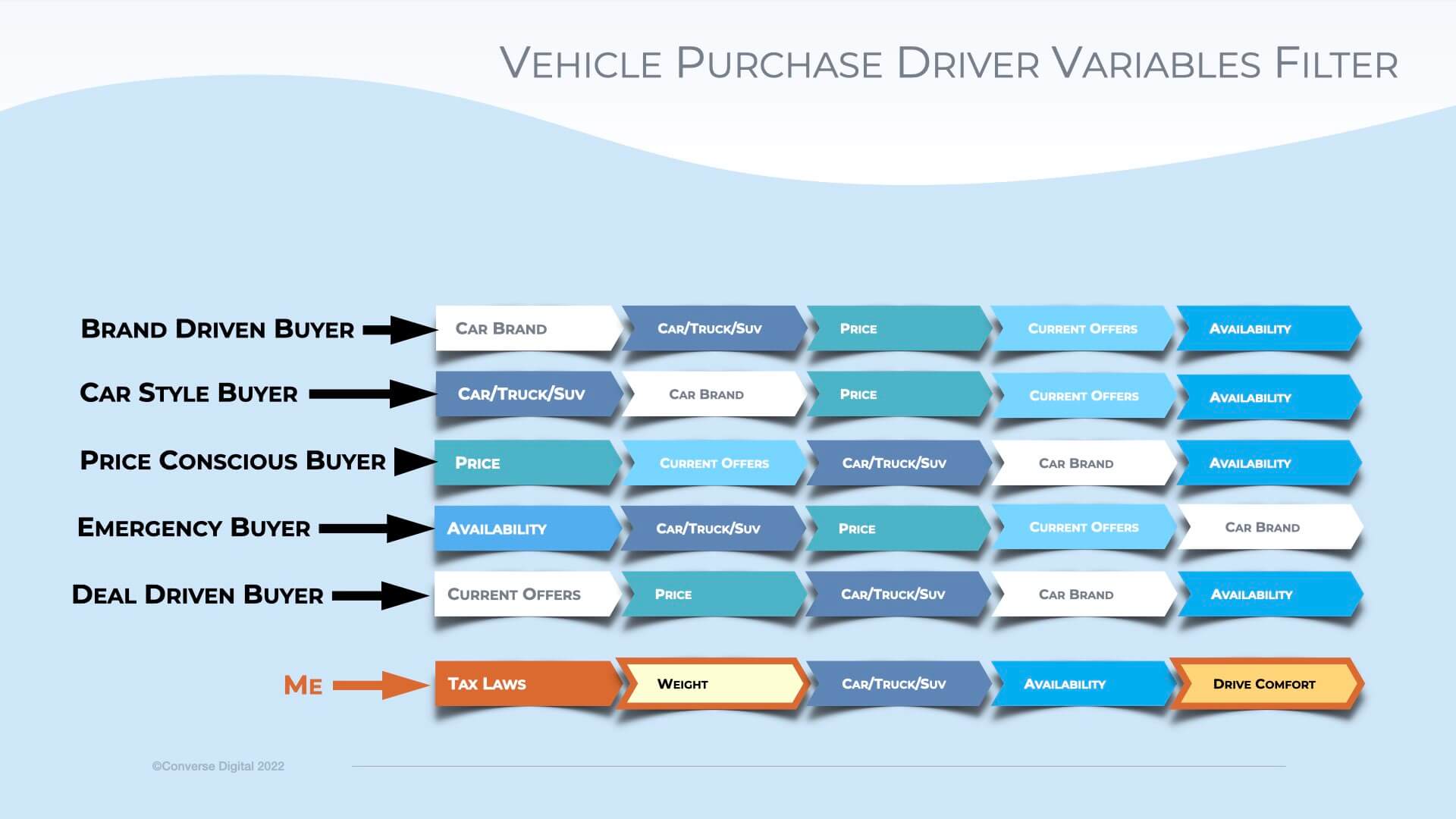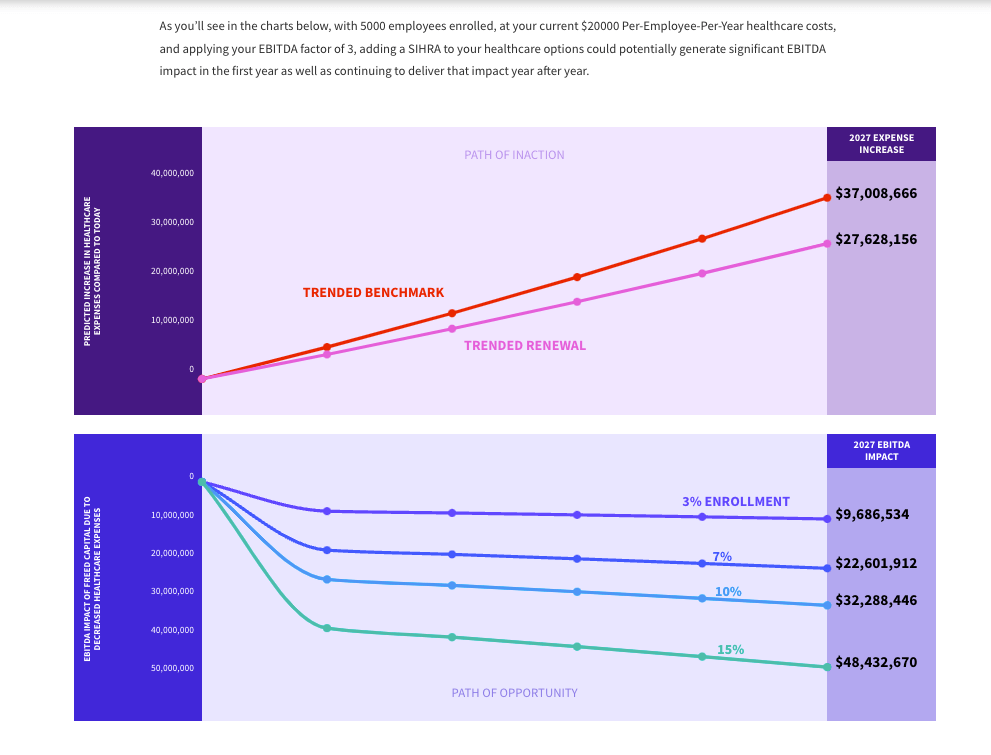When recently asked, many B2B buyers of complex solutions strongly preferred a purchase experience free of sales rep interactions altogether. The nearly 1,000 Business-to-Business buyers survey revealed that 43% of surveyed respondents preferred a rep-free buying experience. When cut by generation, 29% of Baby Boomers wanted to remove sales reps entirely. A feeling shared by 54%of Millennials. Ouch.
And this isn't the only study to reach similar conclusions. It definitely seems that a potentially dramatic generational shift in business-to-business buyer engagement preferences is occurring right in front of our very eyes. But what at first appears a challenge, is actually an excellent content marketing opportunity for smart, proactive content marketers and their agencies.
Helping today’s B2B buyers buy isn’t a sales challenge, nearly so much as an information challenge (or, alternatively, an information opportunity). The companies that best provide sales prospects the information they most urgently seek, specifically through the channels they clearly prefer, are far better positioned to win the invisible sale in today’s rapidly evolving virtual selling landscape.
But first, they'll need to dump their old B2B content marketing strategy in favor of one specifically designed to help today's DIY Invisible Buyers complete their education before they reach out to the sales team to close the deal.
The Problem With Traditional Content Marketing Approaches
Historically, the key content marketing KPI was leads. Content Marketers prided themselves on their ability to churn out more and more "qualified leads" by producing ever more blog posts, white papers, eBooks, webinars, social media posts, and email newsletters.
But this focus on creating more often results in a plethora of noise and relatively little signal production. Far too often those white papers, webinars, blog posts, etc., were purposely content light. Their informational goal wasn't to answer but to identify the question/need a potential sales prospect had and then link that need to the prospect's record inside their marketing automation or CRM tool of choice.
And this all sounds great until you run up against the new post-pandemic B2B buyer, who finds this light content frustrating. So what do they do once they determine your content doesn't actually answer their question? They bounce back to Google where your competitors' answers are just a thumb tap away to find the answer they thought you were going to provide.
Thus, you and worse, your salespeople, are left with an idea of interest, but you lose the opportunity to discover intent. And that's why traditional content marketing strategies must be set aside and reworked if you hope to win today's DIY Self-Educating B2B Buyers.
How To Sell to Today's DIY Invisible Buyers
Given today's post-pandemic desire to self-educate to an extreme (completely cut the sales rep out of the process entirely), successful content marketers should create content marketing programs that handle the heavy prospecting and qualifying work traditionally done by members of the sales team.
This includes cold calling with content, identifying content that engages buyers, and predictive behavioral mapping to prioritize leads for efficient sales team follow-up.
Planning Predictive Content Marketing Programs
While not all buyers follow the same buying path, ask the same questions, or even require the same types of content, 80% of them will fall into predictive pathways. You can map these pathways and then working with your sales teams, anticipate the most common questions and concerns raised at each stage of the pathway. Then create answers to every single potential sales hurdle and publish those somewhere on your website.
Behavioral Mapping starts with compiling a list of all Level One questions prospects ask or Level One decision variables they use to filter potential choices down to a manageable number of qualified choices — a short-list if you will.
From there, create all the potential answers you can come up with and craft them into some kind of FAQ or similar Q&A tool accessible via your website.
But don't stop there. For each answer you created, make a list of all the possible questions or concerns sales prospects historically reference when a salesperson delivers each answer.
Yes, you guessed it. Now you craft answers for each response. And those too are loaded to an intelligent, likely automated Q&A response tool. Then rinse and repeat this process over and over until you run out of prospect follow-up questions to your responses.
Finally, tag all of this content and make sure that when sales prospects access this content the information is written back into their CRM record and/or they're tagged with a buyer persona so a salesperson can quickly understand what kind of sales prospect they're about to contact when the appropriate time arises.
A Real World Predictive Buyer Planning Example
That was a lot of text... so let me use a recent buying process from my world to demonstrate how auto dealers could have deployed predictive buyer mapping to improve my DIY qualifying efforts AND better equip their salespeople for the moment when I reached out to schedule a test drive. Yes, I know that technically, an automotive purchase is B2C, and this is a B2B post, but both processes insert a human salesperson at some point, so I think it's a fair comparison.
Think about the last time you bought an automobile. You went through some filtering process based on decision variables that made sense for you.
In this case, I've selected several variables that I feel most folks use as a primary, secondary, tertiary, etc., filter to move from buying any car produced anywhere in the world to a shortlist of vehicles that represent actual potential vehicles they'd purchase.
Notice in the chart above that most of the pathways are pretty similar. For the most part, Automotive-Style (car/truck/SUV), Price, and Current Advertised Offers are important decision variables in every single purchase pathway. And most often, Availability brings up the rear as the last variable considered. The only two pathways where that doesn't happen are Emergency Buyer (someone who has had a wreck and needs a new car now) and ME.
Now look back at the chart one more time. Notice that the 80/20 rule is in full effect. Except for ME, all other purchase pathways rely on the same decision variables, just in different orders based on the buyer type. So an automotive dealer could easily craft all of the critical questions and answers asked relating to each of those variables to allow a self-educating, invisible, DIY Buyer to practically (and in some cases totally) purchase a vehicle without a salesperson's involvement. But assuming that most folks want to drive the car at least once before signing on the dotted line... realistically, a salesperson is inserted at some point to close the deal.
But then there is ME. My pathway is entirely different. Why? Because I was starting from a unique filter that only self-employed business owners enjoy — a tax break related to a vehicle's weight. I had a good 2021, I had no idea what 2022 held in store for me, and I was driving my son's old 2011 Kia, a perfectly nice car, but my wife and kids were constantly making fun of me.
So combine the familial harassment with a nice tax break, provided I could purchase AND take ownership of the car before December 31, 2021, and I became a very motivated buyer.
Hence my pathway. Sedans didn't weigh enough, and I wouldn't buy a truck, so an SUV was the car of choice. But guess what information wasn't available on any auto dealer websites I visited? Yep, the GVWR (Gross Vehicle Weight Rating) of the SUVs. So I had to rely on other websites (thank you, CPAs of the world) for that information, and then I had to confirm it with the sales rep before I scheduled the test drive. I guess you could argue the dealers were using GVWR as Cliffhanger Content; more on that later in the post, but I don't think so.
A more likely reason was they weren't thinking about DIY buyers like me, so no one predicted I'd want that content on their site. They were just giving the basics and forcing me to fill out a form or visit a dealership to get all of the information I'd need to make a buying decision.
Once I knew which SUVs qualified, the only other primary decision variable was Availability. Again, I had to take delivery by December 31, 2021, so while I may have loved everything about the vehicle, including how it drove (which ended up being the deciding factor between the two finalist vehicles), if I couldn't drive it off the lot before midnight on December 31, 2021, there was no reason to rush the purchase process. I could afford to wait and see if car prices settled down in 2022, etc.
How Do You Predict a Sales Prospects' Buyer Pathway
GREAT QUESTION! The short answer is, that you can't — well not easily. That's why you have to create all of the potential pathways, the questions, and responses associated with each pathway and for each potential buyer type as they pass through their individual purchase pathway. But there are a few good content marketing tricks you can use to tease that information out and lift the prospects' digital fingerprints to help you classify them correctly and serve up the next best content at each point in their journey.
Then at every point in the prospective buyer's journey, anticipate their questions, surface those questions and allow them to "Go Deeper" to discover the answer. In some cases you'll accurately predict the questions, but in those instances where you don't, simply give them an opportunity to rephrase or maybe offer up a list of other questions and topics that might satisfy their information need. Again, keep rinsing and repeating this process at each and every point in their journey. And if you really want to tilt things in your favor, have a Chat Bot always available where the self-educating buyer can call for a live agent to jump in and either point them in the right direction or help them complete their education by sharing relevant answers to questions they post via the chat.
Using Cliffhanger Content to Create the Marketing to Sales Handoff
At some point, we HAVE to discover a way to insert our salespeople into the buying process. Cliffhangers are an effective storytelling device to induce the self-educating buyer to invite your salespeople to help them with their purchase. But that's not the only reason to use cliffhangers in your content.
Well-crafted cliffhangers build suspense and convey a sense of urgency that translates into increased content consumption — creating more invisible buying signals for your sales teams. What constitutes a great cliffhanger content opportunity varies from one company to the next, but here are a few universal cliffhangers to work into your next blog post, email message, or lead magnet.
A Great Example of Cliffhanger Content That Worked
Recently we completed a Behavioral Segmentation program for a client that leveraged cliffhangers, delivered via email, to drive sales prospects back to the client's website where (using our SharpSpring Marketing Automation & CRM tools) we could track and tag them to quickly segment them into hot, warm, and cold leads, which are then passed over to Sales for follow up and conversion.
Let's look at one of the cliffhangers and talk about why it was one of the most successful cliffhangers in the entire campaign.
In our efforts to predict buyer motivations and discover which proof they'd require so we could provide the sales team with those valuable invisible sales signals, we developed multiple emails designed to probe prospects to determine which decision variables were most important to them. In this email, we focus on financial uncertainty and how our client's product can help CFOs hedge against that uncertainty.
We also provide a cliffhanger — we show the impressive financial effect over time using inputs that probably don't accurately represent the recipient's own company. Then we give the prospective buyer a cliffhanger — See What The SIHRA Could Do For You — they can go calculate the projected savings a SIHRA can generate for their company, using their own inputs vs our demonstration inputs.

Clicking takes them to the EBITDA Impact Calculator landing page on the client's website, where they can enter their own key calculation variables.

After entering their data, they click the Calculate Button and the site instantly presents the SIHRA financial impact chart using their own data.
At the bottom of the results page was a simple CTA form inviting the prospective buyer to schedule a 12-minute call where our client's salesperson could answer any questions the prospect had and explain next steps to leverage a SIRHA in the prospect's company.
But even if a prospect didn't request that call, we had successfully helped them self-educate AND we captured important invisible buying signals that determined the next email they'd receive during the segmentation campaign. All because we were committed to giving the prospect DIY information research tools delivered via emails and the client's website so they could, if they chose, self-educate OR whenever they felt like it, reach out and ask a salesperson to contact them. The best of both worlds.
The Bottom Line
I know this has been a long post, so thanks for hanging in there with me till the end. The bottom line for modern B2B Sales Teams is pretty apparent, in my opinion. They need to acknowledge one simple fact: Marketing isn't the enemy. Instead, Marketing might be the most powerful, efficient, and effective salesperson on their team when strategically integrated with Sales.
And if you agree, and you'd like some help creating that reality inside your organization, call me. We'd love to help you just like we did the client in today's post.
And one more thing before you go... if you're a first-time reader, and you liked what you just read, why not consider subscribing for more ideas and tips. Of course, you can cancel free of charge at any time 😉. Till next week.
This post was originally published on Painless Prospecting, the weekly sales and marketing blog created by the fine folks at Converse Digital. If you want to learn how to create, engage in, and convert conversations into new clients and customers, give them a call.



